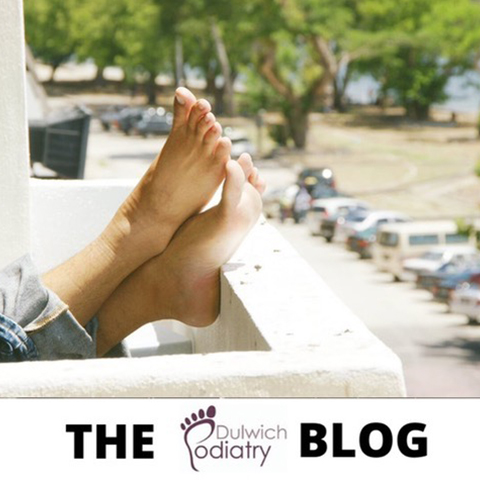FUNGAL INFECTION – Everything you never wanted to know

Onychomycosis (Greek – Onycho/Nail, Myco/Fungus, Osis/Condition,state,action) or Tinea unguium is a fungal infection of the nail.
Research suggests that around 25% of the population contracts fungal nails at some point. It presents as a thickening and/or discolouration of the toenails, debris beneath the toenail and there may be a malodour.
Most feet have a level of tinea fungus present but it is only when this fungus becomes excessive that it presents itself as an abnormality requiring treatment. When the cause is external and temporary such as hygiene or temporary illness orlowered immunity then a single course of treatment MIGHT suffice, provided proper aftercare and hygiene is maintained alongside (and ongoing from) treatment.
However, if the cause of the excessive production of tinea is genetic or the consequence of lowered immunity due to ongoing illness or condition such as diabetes then recurrence is likely.
Whatever the root cause, prevention can be boosted with the prophylactic use of topical antifungals – designed to keep the fungus on the skin within an asymptomatic level – and proper care and hygiene of both the foot and footwear.
Fungal spores can live up to two years in footwear, so even if treatment appears successful it is recommended that socks and hosiery are washed at 60 degrees to kill off the fungal cells, or that an antifungal agent is added to your wash. Shoes and socks should be sprayed with a purpose specific spray twice daily for at least four weeks following successful treatment.
Shoes can be decontaminated on-site with our Klenz machine. This service is included when you attend a PACT session for treatment of fungal nail infections. Additional pairs may be ‘Klenzed’ for a nominal fee. Fungal spores thrive in dark, moist conditions, so allowing shoes and socks to properly air and dry before next wearing will also contribute to prevention of recurrence. A regular rotation of shoes will help give them the time they need to properly aerate between wears.
Wear shoes made of breathable fabrics such as leather or canvas and where possible go barefoot to air and dry your feet, though in public areas such as swimming baths consider wearing flip flops to prevent the spread of infection from other people.
Testing for fungal nails
In clinic we have the option of two test methods that can determine if a nail has a fungal infection.
The Intray dermatophyte medium produces a red colour which can be noted by eye in the presence of growing dermatophytes. The sample is incubated at room temperature and results appear within 10 days of testing. This test can also be used to test skin samples and has a sensitivity of around 80%.
The dermatophyte strip test detects the presence of all common fungus types from the smallest sample of nail. Due to the sensitivity of the Five-Minute Fungal Nail Test, only a small amount of nail specimen is required. A small nail clipping will be taken with no pain or discomfort to the patient. The nail clipping will then be tested and analysed while you wait, and the result is then immediate and accurate in over 97% of cases. This test provides an immediate diagnoses, allowing us to treat the infection without delay.
There are a number of treatment options for fungal toenails: oral medication, application of a topical anti-fungal or through intensive light therapy (eg. PACT). We will discuss the best option for you, depending on the severity of the infection. Regular thinning of the nail plate increases the effectiveness of the treatment.
PACT
One of the in-house treatments we provide for fungal infection is Pact (Photodynamic Antimicrobial Therapy).
Pact is a very effective treatment. It consists of a series of sessions and does not require a referral from your GP. The treatment consists of filing down the nail so that we can expose the fungal cells (one of the reasons over the counter topical treatments fail to yield results is due to the fungal cells being protected beneath our own nails) then applying a photosensitising gel-dye which is harmless to human cells but makes fungal cells sensitive to a specific wavelength of light. Our PACT machine is then positioned over the infected toe(s) for around 10 minutes each and applies the specific wavelength of light to kill the fungal cells with no damage to the surrounding tissue.
The process is simple but time consuming while the PACT light does its work. You might want to consider bringing a Sudoku book.
Contact our friendly customer service team on 0208 693 6000 for more information or to book a consultation.
Next month’s blog will be about our new gait analysis machine which we will be showcasing at our demonstration open evening. Dates to be confirmed. Watch this space.



